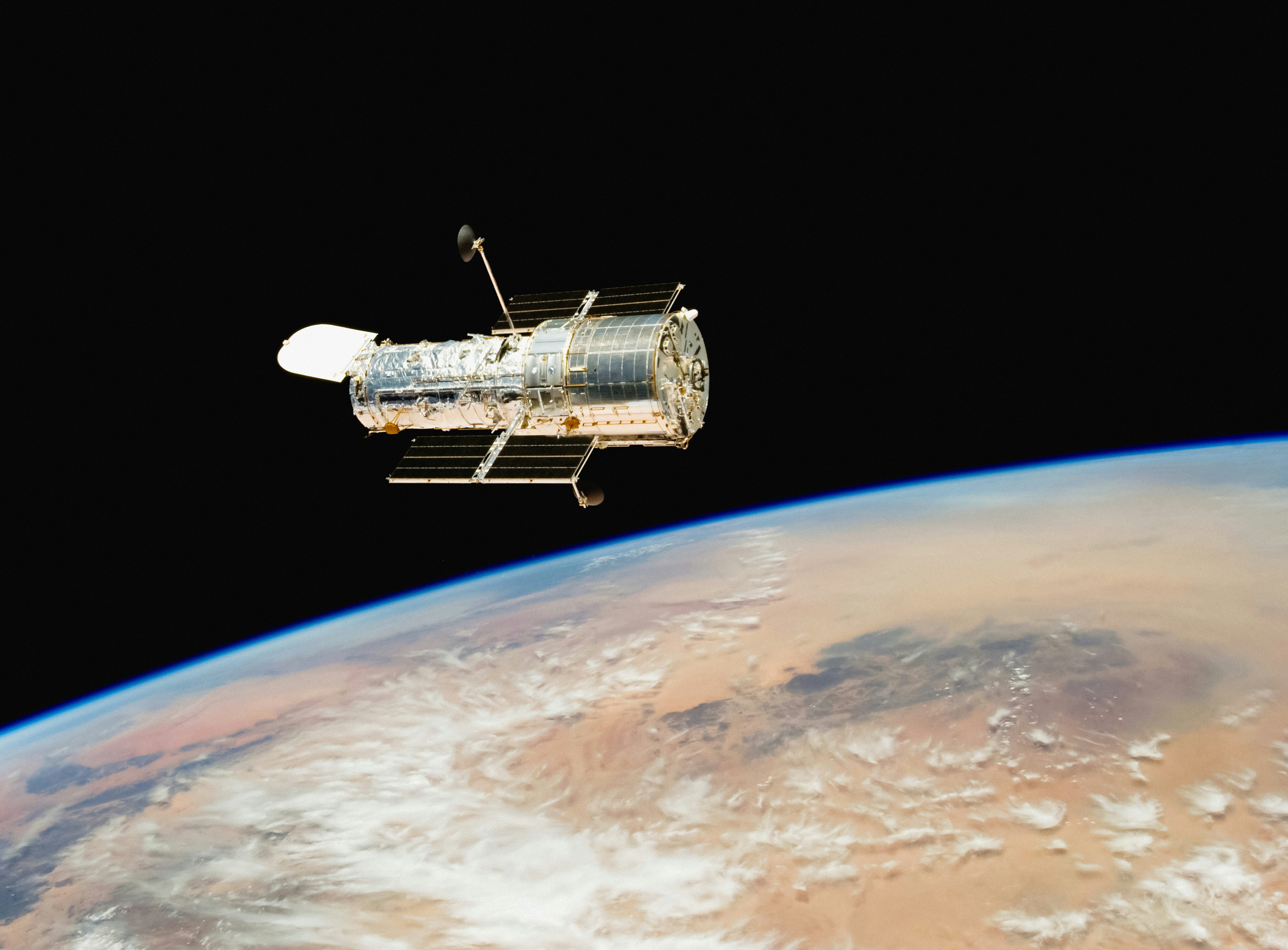News release
From:
Cosmic Dust Impacts on the Hubble Space Telescope – Analysing material returned from the Hubble Space Telescope may help predict the dangers cosmic dust grains pose to spacecraft and mitigate against them. This study found that natural cosmic dust grains, up to one-third of a millimetre in diameter, are responsible for 90% of the largest impacts over 15 years, compared to relatively few impacts by artificial debris. These insights could help design spacecraft able to withstand impacts with cosmic dust.



 International
International



